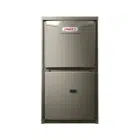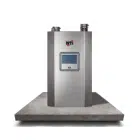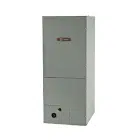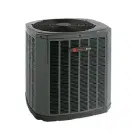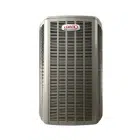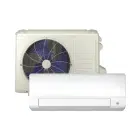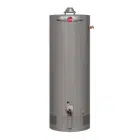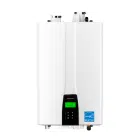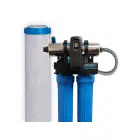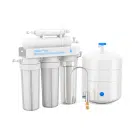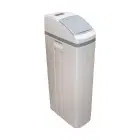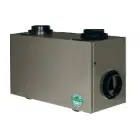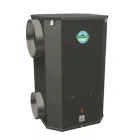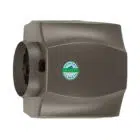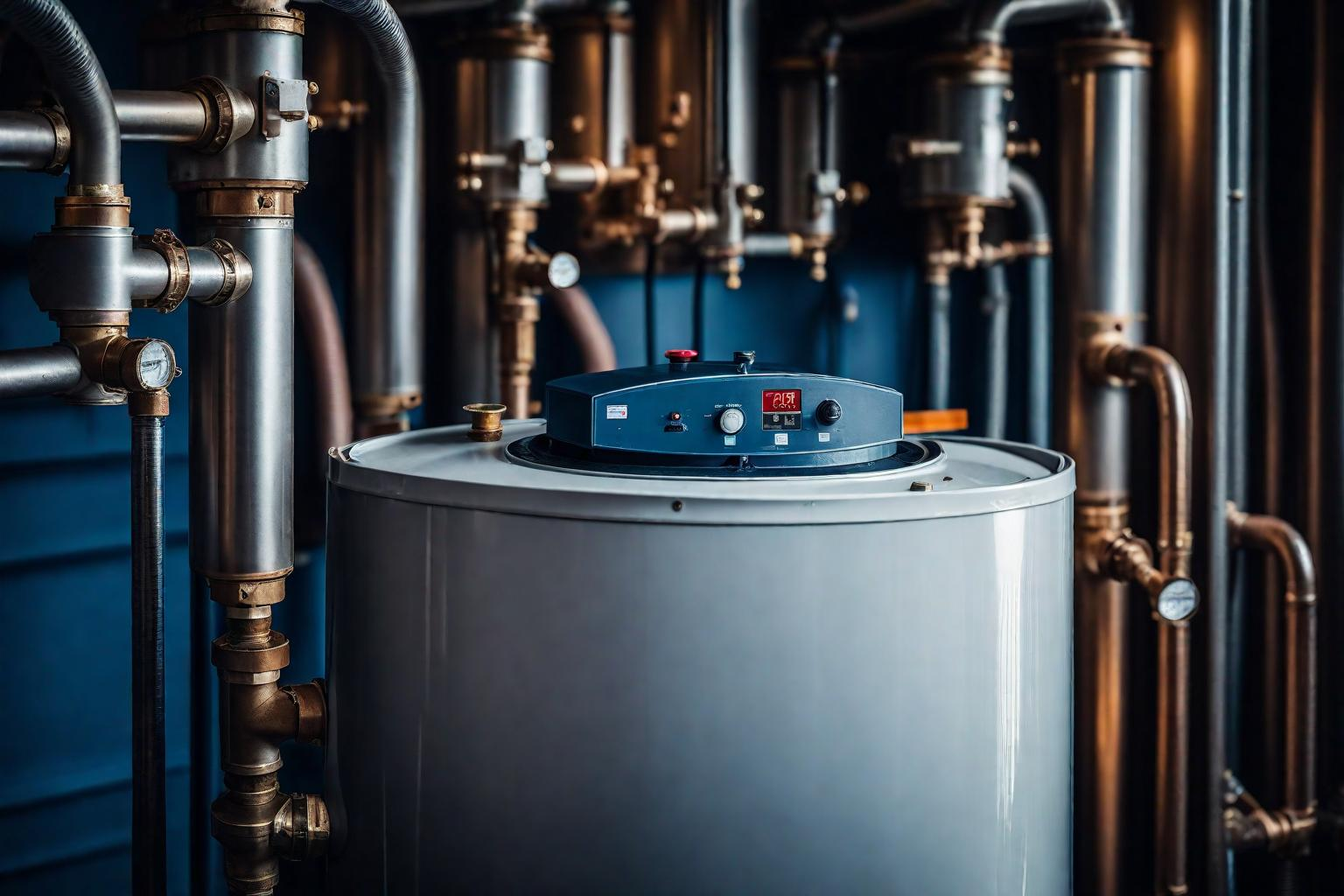
Table of Contents
- Sediment Buildup - The Silent Culprit
- Thermostat Troubles - Finding the Right Temperature
- Pilot Light Problems - Keeping the Flame Alive
- Pressure Relief Valve Predicaments - Balancing Safety and Functionality
- Dip Tube Dilemmas - Directing Cold Water Efficiently
- Electrical Problems (for Electric Heaters) - Shocking Challenges
- Gas Supply Glitches (for Gas Heaters) - Keeping the Flame Alive
- My Hot Water Heater Not Working: When to Call for Professional HVAC Help
- Conclusion
In the depths of the harsh winter, having a dependable hot water heater is nothing short of a necessity. What can be better than coming back home after a hard day and taking a relaxing hot shower?
Unfortunately, sometimes you can find yourself facing the frustration of a malfunctioning unit at the most inconvenient times. So, if you are asking yourself, “Why is my water heater not working?” – you are in the right place. In this article, we’ll explore the common reasons your hot water heater not working correctly and equip you with the knowledge to resolve these problems effectively.
Sediment Buildup - The Silent Culprit
Sediment buildup is a common and often overlooked issue that can plague hot water heaters, particularly in areas with hard water. This problem arises from the natural minerals, like calcium and magnesium, present in the water supply. Over time, these minerals settle at the bottom of the heater’s tank, forming a layer of sediment.
How Sediment Buildup Occurs
- Water Hardness: In regions with hard water, mineral concentrations are higher. When hard water enters the hot water heater, these minerals tend to precipitate and settle at the tank’s bottom.
- Lack of Regular Flushing: Without regular maintenance, sediment accumulates as water is heated and cooled repeatedly, creating a thick layer over time.
Signs of Sediment Buildup
Detecting sediment buildup is crucial to addressing it promptly. Here are common signs to look out for:
- Reduced Hot Water Supply: As sediment accumulates, it takes up space at the bottom of the tank, leaving less room for hot water. This often leads to a noticeable decrease in the available hot water supply.
- Longer Heating Times: Sediment acts as an insulator, making it harder for the heating element or burner to efficiently heat the water. Consequently, the heater takes longer to reach the desired temperature.
- Unusual Noises: Sediment buildup can cause popping, rumbling, or cracking noises as it interferes with the heating process. These sounds are often heard when the heater is in operation.
- Increased Energy Consumption: The insulating effect of sediment forces the heating element or burner to work harder, leading to higher energy consumption and, subsequently, increased energy bills.
How to Solve the Issue: Flushing the Tank
To combat sediment buildup and restore your hot water heater’s efficiency, it’s crucial to flush the tank periodically. Here’s how to solve this water heater problem:
- Turn off the Power or Gas: Begin by turning off the power supply (for electric heaters) or the gas supply (for gas heaters) to the water heater.
- Connect a Hose: Attach a garden hose to the drain valve located at the base of the tank. Ensure the other end of the hose is directed to a suitable drain or outside location.
- Open a Hot Water Faucet: Open a hot water faucet in your home to allow air into the tank. This will facilitate the draining process.
- Drain the Tank: Open the drain valve and let the water flow out through the hose. Be cautious, as the water may be hot. Allow it to drain completely.
- Close the Drain Valve: Once the tank is empty, close the drain valve tightly.
- Refill the Tank: Turn the power or gas supply back on and refill the tank by opening the hot water faucet you previously opened. This allows air to escape as the tank refills.
Regular maintenance, including tank flushing, is vital to prevent sediment-related issues and maintain the efficiency and longevity of your hot water heater. Find out more about our water heater maintenance services via the link below.
Thermostat Troubles - Finding the Right Temperature
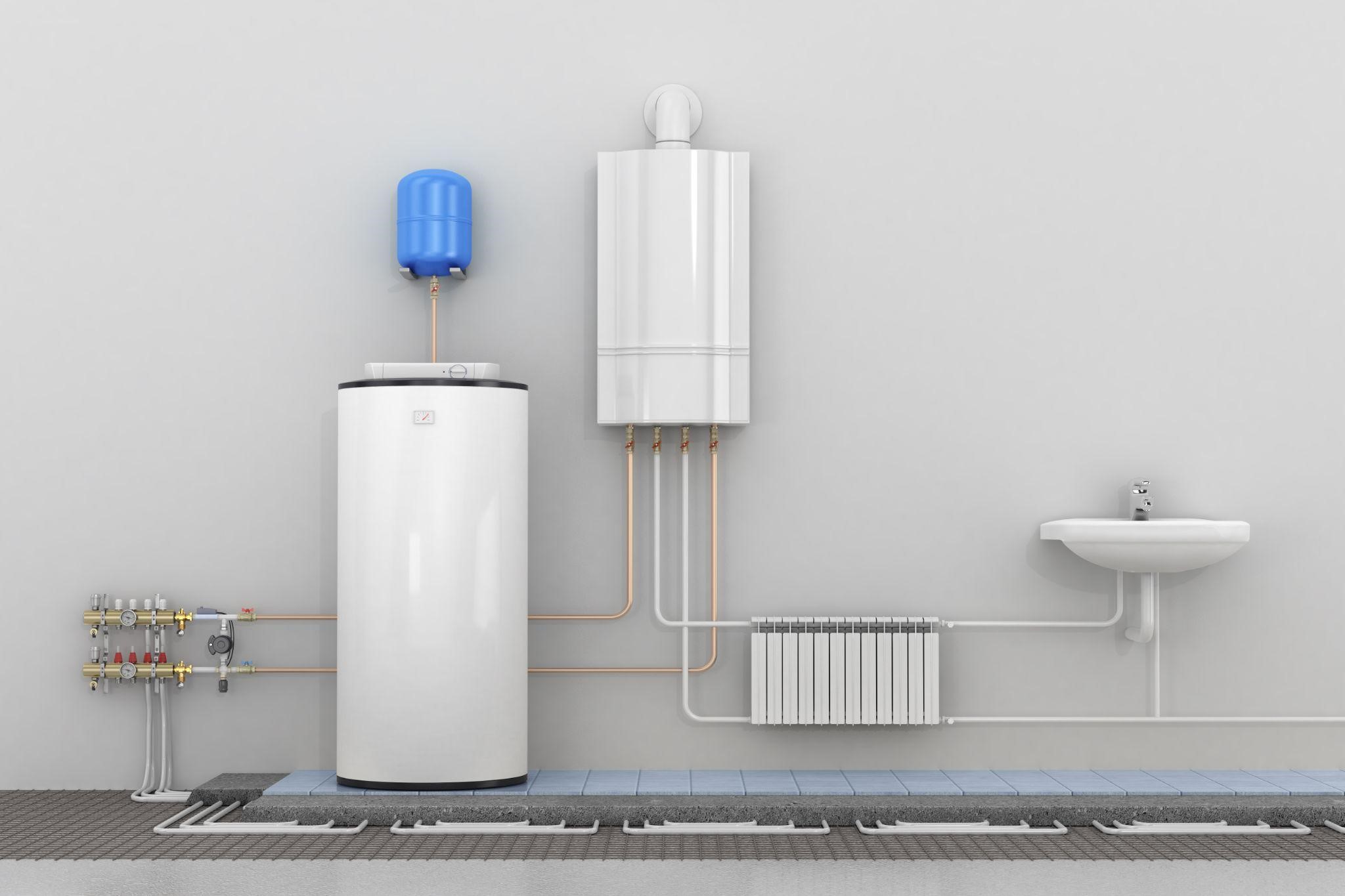
The thermostat in your hot water heater is like the conductor of an orchestra, responsible for maintaining the water temperature at your preferred level. When it malfunctions, it can lead to unwelcome surprises as the heater not working properly.
How Thermostat Issues Occur
Thermostat issues typically arise due to electrical or mechanical problems within the thermostat itself, such as faulty wiring, sensor malfunctions, or dead batteries. Additionally, incorrect thermostat settings, such as temperature programming errors or a thermostat placed in a poor location, can also lead to water heating problems in a building.
Signs of Thermostat Problems
- Water That’s Too Hot: If your hot water feels scalding, it’s a clear indicator that the thermostat is not functioning correctly. This can pose safety risks.
- Water That’s Not Hot Enough: On the flip side, tepid water when you’re expecting a warm shower is equally frustrating.
- Frequent Fluctuations in Water Temperature: Inconsistent hot water temperatures can be traced back to a malfunctioning thermostat.
How to Solve the Issue: Adjust or Replace the Thermostat
- Locate the Thermostat: Most water heaters have a thermostat access panel. You may need to remove insulation or covers to access it.
- Check the Temperature Setting: Ensure the thermostat is set to your desired water temperature. The recommended temperature is typically around 120°F (49°C) to balance comfort and safety.
- Adjust the Thermostat: If the temperature setting is incorrect, you can adjust it according to your preferences. Consult your manufacturer’s guidelines for precise instructions.
- Replace the Thermostat: If adjusting the thermostat doesn’t resolve the issue, it may be time for a replacement. Consult the manufacturer’s instructions for your specific water heater model or enlist the help of a professional technician.
Properly setting the thermostat not only ensures your comfort but also promotes energy efficiency and safety in your home.
Pilot Light Problems - Keeping the Flame Alive
In gas water heaters, the pilot light is the ignition source for the burner. When it fails to stay lit or struggles to reignite, it disrupts your hot water supply.
How Pilot Light Issues Occur
Pilot light issues in gas water heaters typically arise from factors such as drafts and inadequate ventilation around the heater, which can extinguish the pilot flame; or thermocouple malfunctions, where wear or dirt can lead to inaccurate readings and gas supply shut-offs. As well as, gas supply interruptions can cause problems due to issues in the gas line, such as blockages or partially closed valves.
Signs of Pilot Light Problems
- No Hot Water: If you suddenly have no hot water, it’s a strong indication of a pilot light issue.
- Constantly Extinguishing Pilot Light: Frequent pilot light extinguishing is a clear sign that something is amiss.
- Difficulty in Relighting the Pilot Light: If you can’t relight the pilot light despite repeated attempts, there may be underlying issues.
How to Solve the Issue: Relighting the Pilot Light
- Turn Off the Gas: Start by turning the gas control knob to the “off” position and wait for a few minutes to allow any lingering gas to disperse.
- Locate the Pilot Light: The pilot light is usually located near the bottom of the water heater, behind an access panel.
- Relighting the Pilot Light: Press and hold down the pilot button while using a long lighter or match to relight the pilot flame.
- Hold for a Minute: Continue holding the pilot button for a minute or two to allow the thermocouple to heat up. This is crucial for the pilot light to stay lit.
- Turn the Control Knob On: If the pilot light remains lit, turn the gas control knob back to the “on” position.
If the pilot light continues to go out, it’s better to contact a professional technician who can diagnose and address the underlying issue. Reach out to HVAC Service Solution right away and leave all your HVAC worries to our expert masters.
Pressure Relief Valve Predicaments - Balancing Safety and Functionality
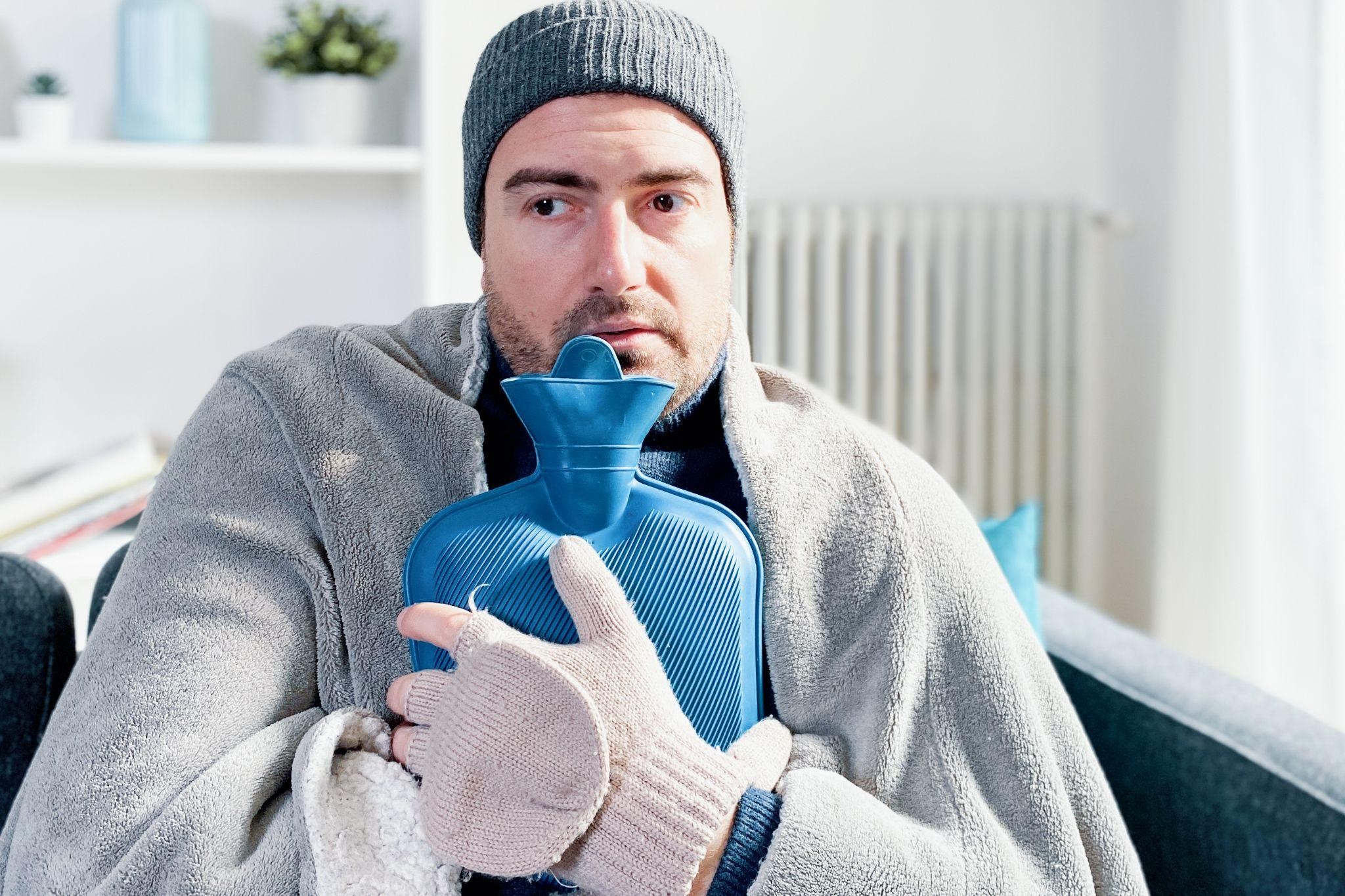
The pressure relief valve in your hot water heater is a critical safety feature. It’s designed to release excess pressure from the tank, preventing potential catastrophic failures.
How Pressure Relief Valve Issues Occur
Pressure relief valve issues in hot water heaters can develop due to various factors. Over time, sediment buildup at the bottom of the tank can lead to increased pressure within the system, causing the valve to release water in an attempt to maintain safe pressure levels. Additionally, corrosion or wear on the valve itself can result in leaks or a malfunctioning valve. These issues often manifest as visible dripping or leaking from the valve, reduced hot water pressure, and unusual noises during the heating process.
Signs of Pressure Relief Valve Issues
- Leaking or Dripping Water: A visible leak or drip from the valve is a clear sign of trouble.
- Reduced Hot Water Pressure: If your hot water pressure has diminished significantly, the pressure relief valve might be at fault.
- Noises from the Valve: Unusual noises coming from the valve during the heating process may indicate a problem.
How to Solve the Issue: Testing and Replacing the Pressure Relief Valve
- Turn Off the Power or Gas: Always begin by turning off the power supply (for electric heaters) or the gas supply (for gas heaters) to the water heater.
- Attach a Hose: Connect a hose to the valve’s discharge outlet. Make sure the other end of the hose is directed to a safe location or a drain.
- Open a Hot Water Faucet: Open a hot water faucet in your home to allow air into the tank, facilitating the draining process.
- Drain the Tank: Open the pressure relief valve by lifting its test lever for a few seconds to allow water to flow through the valve. Afterward, release the lever, and it should snap back to its closed position.
- Closing the Valve: If the valve operates correctly and there’s no water leakage after testing, there’s typically no need for immediate replacement.
However, if the valve doesn’t operate correctly or if it continues to leak after testing, it’s essential to replace it promptly. This is a task best left to a professional technician to ensure your safety.
Pressure Relief Valve Predicaments - Balancing Safety and Functionality
The dip tube in your hot water heater is a simple yet crucial component. It directs cold water to the bottom of the tank, ensuring efficient heating.
How Dip Tube Deterioration Occurs
Dip tube deterioration in hot water heaters occurs gradually over time due to the harsh conditions inside the tank. The dip tube is constantly exposed to hot water and the corrosive nature of minerals present in the water supply. Over the years, this exposure causes the dip tube to degrade, weaken, and even disintegrate in extreme cases. As the dip tube deteriorates, its ability to efficiently direct cold water to the bottom of the tank diminishes, resulting in reduced hot water temperatures and a shorter supply of hot water.
Signs of Dip Tube Deterioration
- Reduced Hot Water Temperature: Gradually, you might notice that your hot water isn’t as hot as it used to be.
- Shorter Hot Water Supply: The dip tube’s failure to efficiently direct cold water can lead to a shortened hot water supply.
How to Solve the Issue: Replacing the Dip Tube
Replacing a deteriorated dip tube involves accessing the interior of the tank, which can be complex. To solve this problem, we recommend you call our HVAC experts for help. Find out more about our water heating repair services in Canada via the link below.
Electrical Problems (for Electric Heaters) - Shocking Challenges
Electric water heaters can face electrical issues that disrupt their function. These problems can result from issues such as a blown fuse or a tripped circuit breaker.
How Electrical Problems Occur
Electrical problems in electric water heaters can occur due to a variety of factors. Over time, electrical components such as heating elements or thermostats may wear out or become damaged. Electrical surges or fluctuations in the power supply can also lead to issues within the heater’s electrical system. These problems can result in a sudden loss of hot water, unusual noises originating from the electrical control panel, or frequent tripping of the circuit breaker that controls the water heater. Identifying and addressing these electrical issues promptly is essential to ensure the continued functionality of the water heater.
Signs of Electrical Problems
- Sudden Loss of Hot Water: If your electric water heater suddenly stops delivering hot water, an electrical issue may be to blame.
- Noises from the Electrical Control Panel: Unusual noises, humming, or buzzing sounds coming from the electrical control panel are signs of potential trouble.
- Frequent Tripping of the Circuit Breaker: If the circuit breaker that controls your water heater repeatedly trips, it indicates an underlying issue.
How to Solve the Issue: Troubleshooting Electrical Issues
- Turn Off the Power: As a first step, turn off the power supply to the water heater to ensure your safety.
- Check the Circuit Breaker or Fuse Box: Inspect the circuit breaker or fuse box to determine if any breakers have tripped or fuses have blown. If you find a tripped breaker or blown fuse, reset the breaker or replace the fuse as needed.
- Examine the Wiring: If the issue persists, consider examining the electrical wiring connected to the water heater. Look for loose or damaged wires.
Consult a Licensed Electrician: If you’re unable to identify or resolve the problem, it’s advisable to contact a licensed electrician. Electrical issues should be approached with caution, as they involve potentially dangerous components.
Gas Supply Glitches (for Gas Heaters) - Keeping the Flame Alive
Gas water heaters rely on a constant and uninterrupted gas supply to efficiently heat water. Any disruption to the gas supply can result in a lack of hot water.
How Gas Supply Problems Occur
Gas supply problems in gas water heaters can occur for several reasons. Issues with the gas line, such as blockages or restrictions, can impede the flow of natural gas to the water heater. In some cases, a partially closed gas valve can limit the supply of gas to the appliance. Additionally, disruptions in the gas supply to the home, such as temporary outages or interruptions in gas service, can affect the operation of the water heater.
Signs of Gas Supply Problems
- No Hot Water: A sudden loss of hot water can be a clear indicator of a gas supply problem.
- Smell of Gas: If you detect the smell of natural gas in or around the water heater, it’s crucial to take immediate action.
- Gas Burner Not Igniting: If the gas burner fails to ignite despite proper settings, there may be an issue with the gas supply.
How to Solve the Issue: Troubleshooting Gas Supply Issues
- Check the Gas Valve: Ensure that the gas valve on the water heater is fully open. Sometimes, it may be inadvertently turned partially off.
- Verify the Gas Supply: Confirm that there are no interruptions or issues with the gas supply to your home. Contact your gas provider if necessary.
- Address Gas Leaks Immediately: If you detect the smell of gas, take immediate action by turning off the gas supply, ventilating the area, and contacting both your gas provider and a licensed technician. Gas leaks are hazardous and require professional intervention.
Gas supply problems can be dangerous, so it’s crucial to approach them with caution and prioritize safety.
My Hot Water Heater Not Working: When to Call for Professional HVAC Help
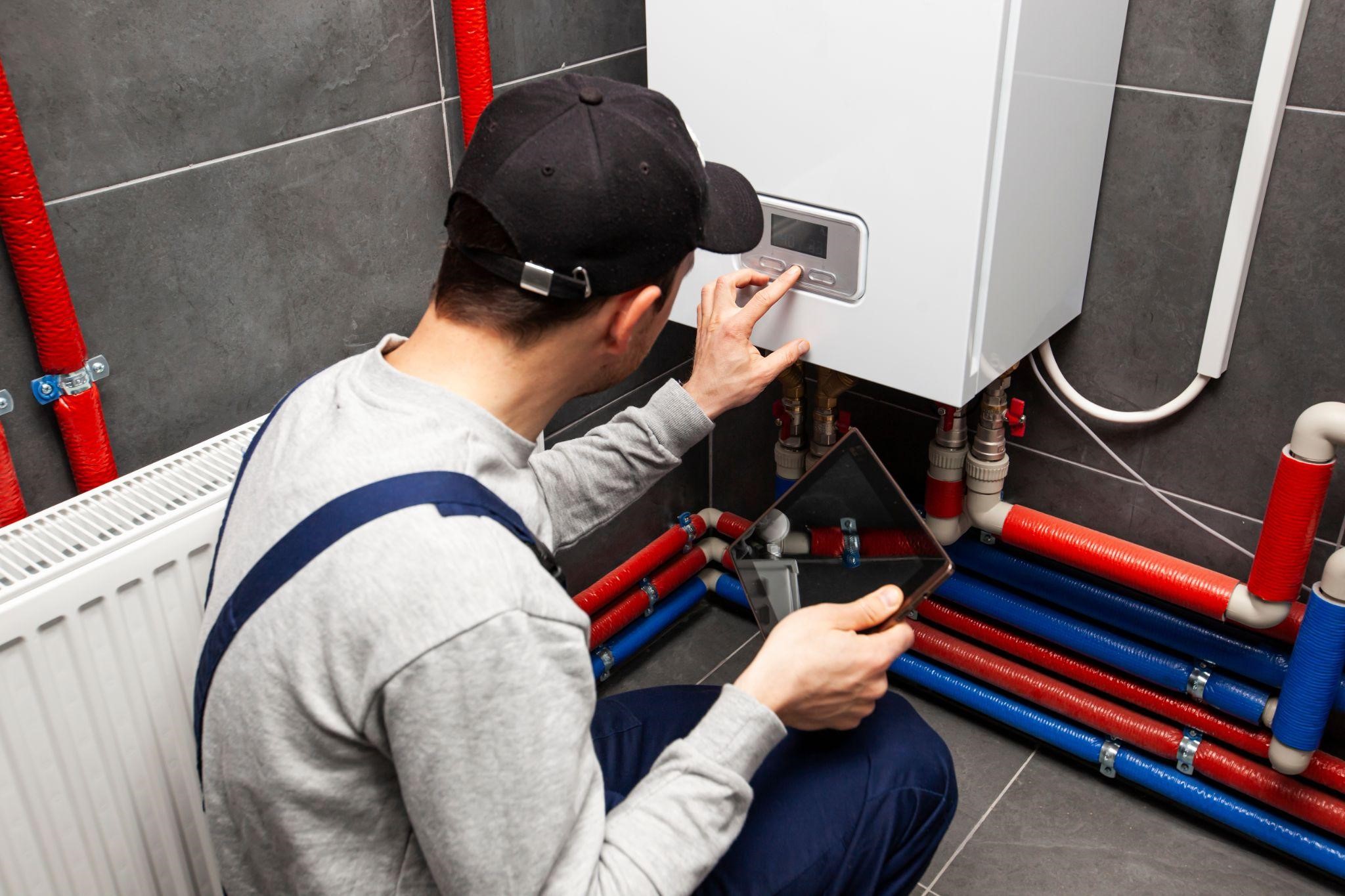
Hot water heater systems, while essential for everyday comfort, can be deceptively complex. Attempting DIY repairs without the necessary expertise can not only be ineffective but also potentially dangerous. Below, we have considered why seeking professional HVAC repair is crucial to maintaining the safety and functionality of your hot water heater.
- Expertise: HVAC technicians possess specialized knowledge and training to diagnose and address a wide range of hot water heater issues accurately. They can quickly identify the root causes of problems and apply effective solutions.
- Safety: Professional technicians follow strict safety protocols when working with hot water heaters, which involve electrical and gas components. This reduces the risk of accidents, gas leaks, or electrical hazards that DIY attempts may pose.
- Efficiency: Professionals can often solve hot water heater problems more efficiently than homeowners, saving time and minimizing inconvenience. Their experience enables them to make precise repairs without unnecessary trial and error.
- Access to Parts and Tools: HVAC technicians have access to high-quality replacement parts and specialized tools, ensuring that repairs are completed using the right equipment and materials.
- Comprehensive Service: Many HVAC service providers offer comprehensive maintenance and repair packages, which can include regular check-ups, preventive maintenance, and emergency repairs. These services help prolong the life of your hot water heater and ensure its continued reliability.
At HVAC Service Solutions, we understand the intricacies of hot water heater systems in Canada. Our professional technicians are committed to providing you with expert assistance when your hot water heater not working and ensuring your HVAC unit operates efficiently and reliably. Whether you’re facing sediment buildup, thermostat troubles, pilot light issues, or any other hot water heater problem, our team is here to help. Reach out to us today and don’t let a malfunctioning hot water heater disrupt your daily routine.
Conclusion
In the realm of home comfort, hot water is an essential component, and when a hot water heater not working, it’s vital to approach solutions with expertise and caution. DIY attempts can lead to further complications or safety risks. By recognizing the value of professional HVAC repair, you can ensure the longevity and efficiency of your hot water heater.
With HVAC Service Solutions by your side, you can trust that your hot water heater will receive the expert care it deserves, keeping your household warm and comfortable throughout the year.
Share

